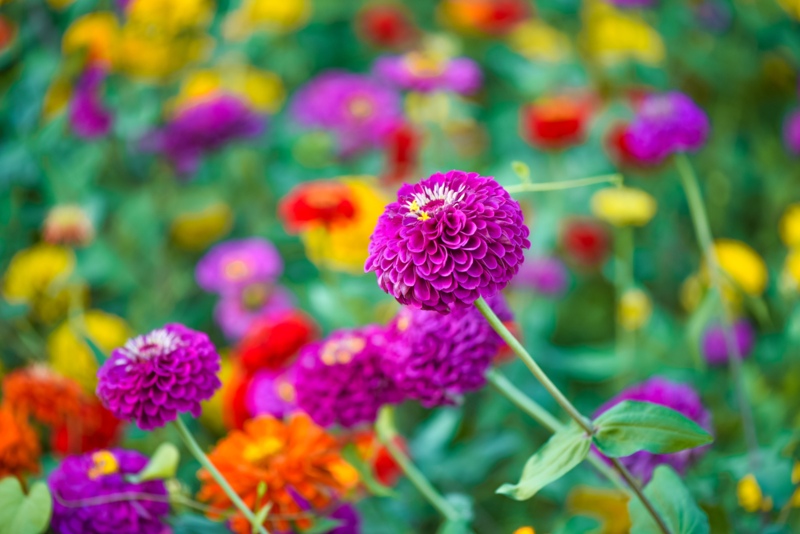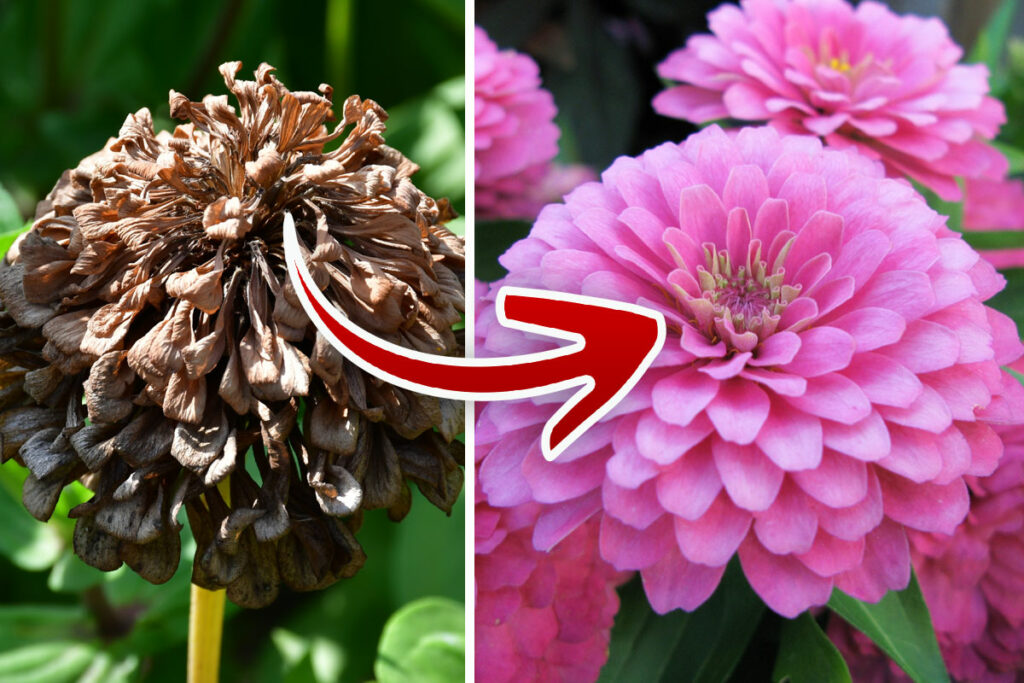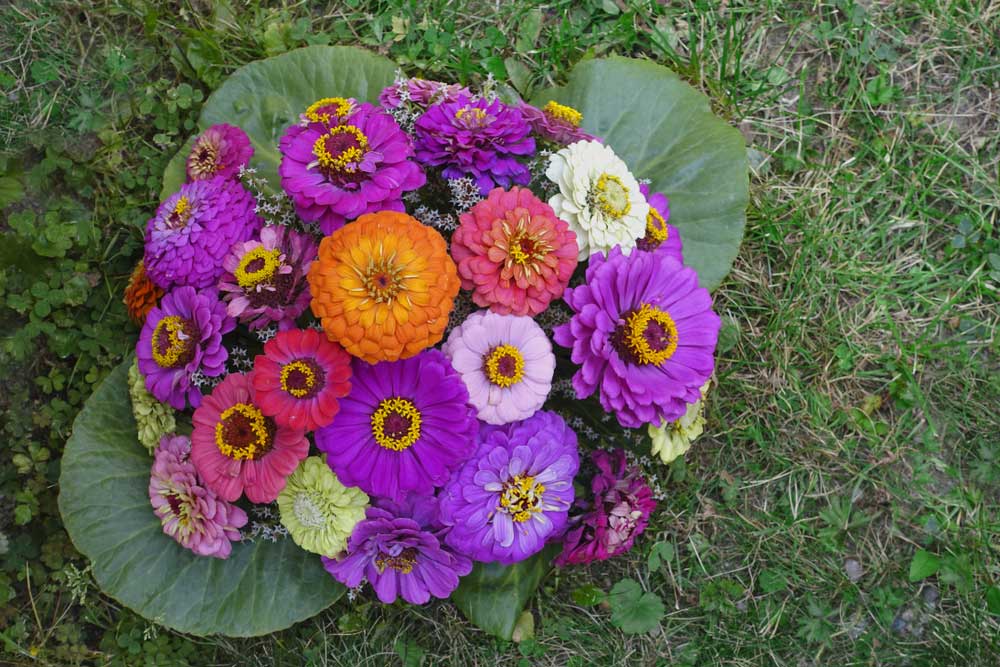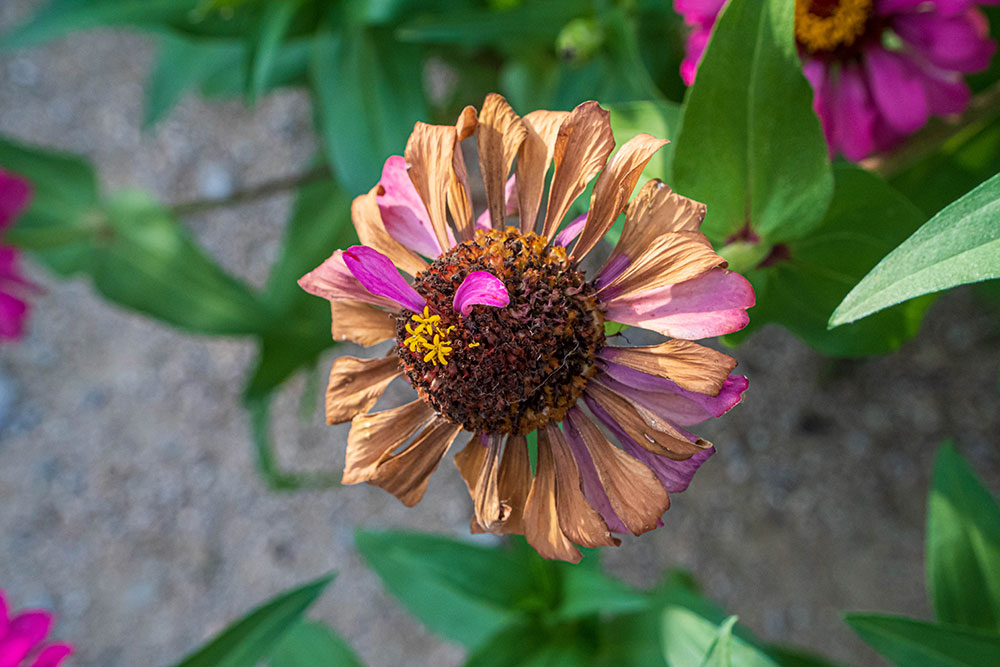
Planting zinnias in your garden is a delightful way to add bursts of color throughout the summer. When the flowers begin to fade, you might wonder how you can enjoy them again next season without buying new seeds. To harvest zinnia seeds, wait until the flowers have completely dried on the plant.
Snip off the dried flower heads and put them in a dry, well-ventilated area. Once fully dry, gently break apart the flower heads to find the seeds inside. Store the seeds in a cool, dry place until you’re ready to plant them next year.
Understanding Zinnia Seeds
Knowing the types of seeds and the optimal harvesting time is crucial for successful zinnia cultivation. This ensures you gather the healthiest seeds that will yield beautiful flowers in the next growing season.
Types of Zinnia Seeds
Zinnia seeds come in different varieties, each offering unique colors and growth patterns. The most common are standard, hybrid, and heirloom. Standard seeds produce typical zinnia plants, while hybrid seeds result from cross-breeding for specific traits like color or disease resistance.
Heirloom seeds are passed down through generations, maintaining their original traits. They are prized for their reliability and the traditional look they offer. Selecting the right seed type depends on your gardening goals and preferences.
Best Time for Harvesting
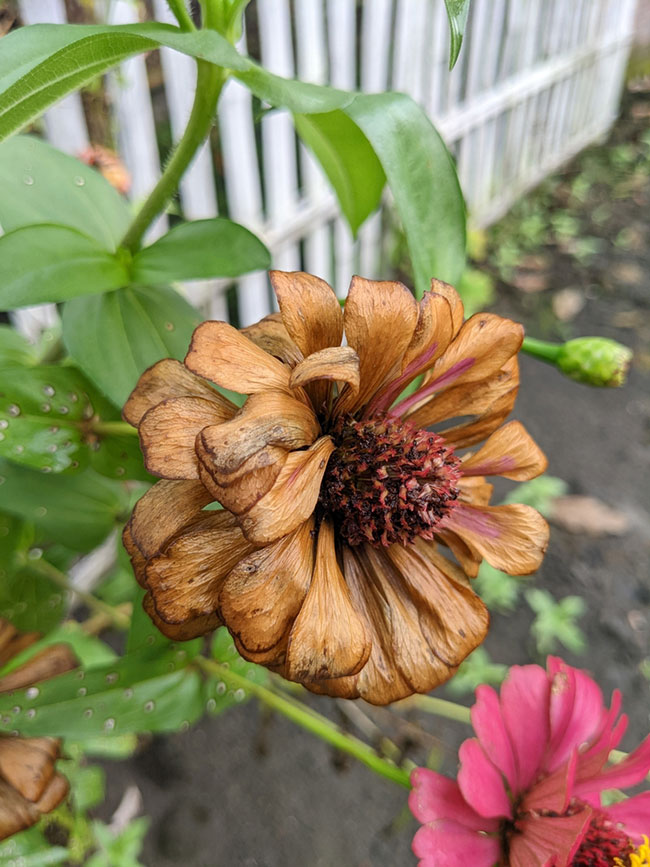
Timing is key when it comes to harvesting zinnia seeds. The ideal time is when the flowers have fully dried on the plant.
This typically occurs late in the growing season, usually after the first frost.
Check for brown, papery petals and a hard, dry seed head.
Harvesting too early can result in immature seeds that may not sprout. Wait until the seeds are mature and viable for the best results. You can test this by gently squeezing the seed head; it should feel firm and not give easily.
Harvesting Process
Successfully harvesting zinnia seeds involves a few key steps: identifying which flowers are ready, gathering them, and then properly drying and extracting the seeds.
Identifying Mature Flowers
Look for zinnia flowers that have fully bloomed and started to dry out. The petals will look faded and dry, and the center of the flower will be dark and firm.
Key signs:
- Petals turning brown or brittle
- Center is dark and firm
- The flower head feels dry to the touch
It’s essential to wait until these signs appear to ensure the seeds are mature and viable.
Collecting the Flowers
Once you’ve identified the mature flowers, carefully snip them off using garden scissors or pruners. Cut the stem about 6 inches below the flower head to make handling easier.
- Use sharp tools to avoid damaging the seeds
- Collect during a dry day to prevent mold
- Place the cut flower heads in a paper bag to keep them dry and contained
Drying and Extracting Seeds
After collection, allow the flower heads to dry completely. Place them in a well-ventilated area, out of direct sunlight.
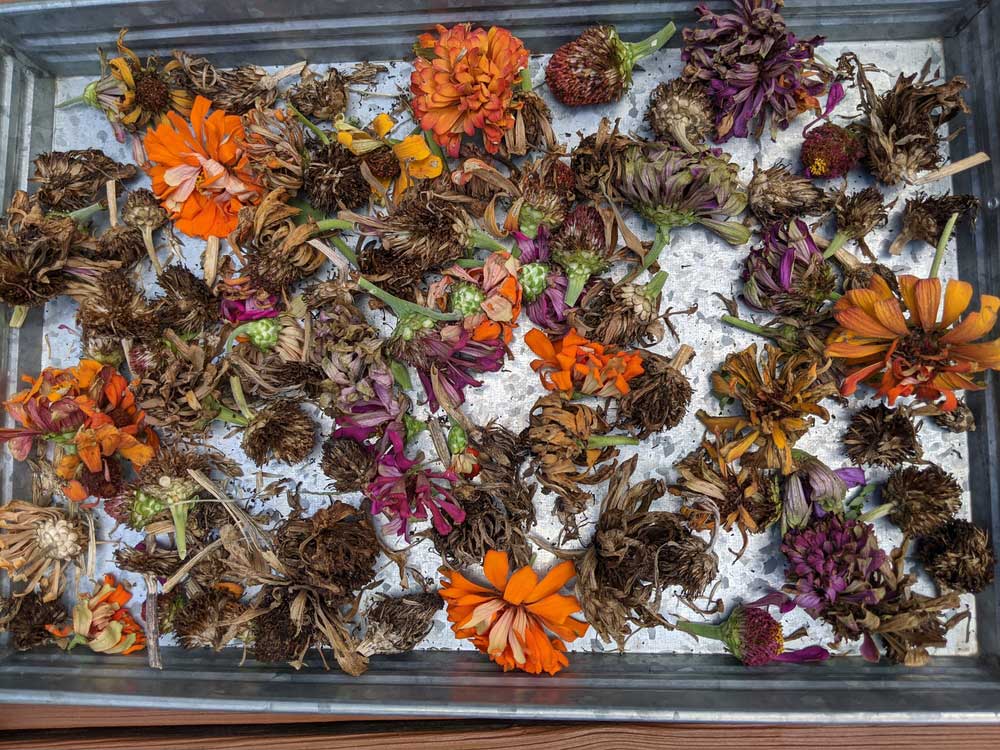
Drying tips:
- Spread them out on a mesh screen or paper towels
- Ensure good air circulation
Once dried, gently rub the flower heads between your fingers to release the seeds. Separate the seeds from the chaff and store them in a cool, dry place.
- Use a fine mesh sieve to sift out smaller debris
- Label your seed storage containers with the date and zinnia variety
Storing Harvested Seeds
To ensure your zinnia seeds remain viable for future planting, proper preparation and storage are essential.
Preparing Seeds for Storage
Start by allowing the harvested zinnia seeds to dry thoroughly. Lay them out on a paper towel or screen in a well-ventilated area for a week. Ensure they are completely dry to prevent mold growth.
Once dry, carefully remove any chaff or plant debris. This helps to keep the seeds clean and makes them easier to handle later. You can use your fingers or a small brush to clean them up.
Label your seeds with the date and variety before storing. This helps you keep track of them and ensures you plant the correct seeds at the right time.
Choosing Storage Containers
Store your zinnia seeds in a cool, dry place. The ideal temperature for seed storage is around 40 degrees Fahrenheit. Moisture can be detrimental, so make sure your storage area is dry.
Use airtight containers to protect the seeds from humidity. Glass jars with tight-fitting lids, resealable plastic bags, or small envelopes are good options.
Include a silica gel packet in each container to absorb any excess moisture. This ensures the seeds remain dry and viable for planting. Make sure containers are clearly labeled with the seed variety and the collection date, making it easier to manage your seed collection.





